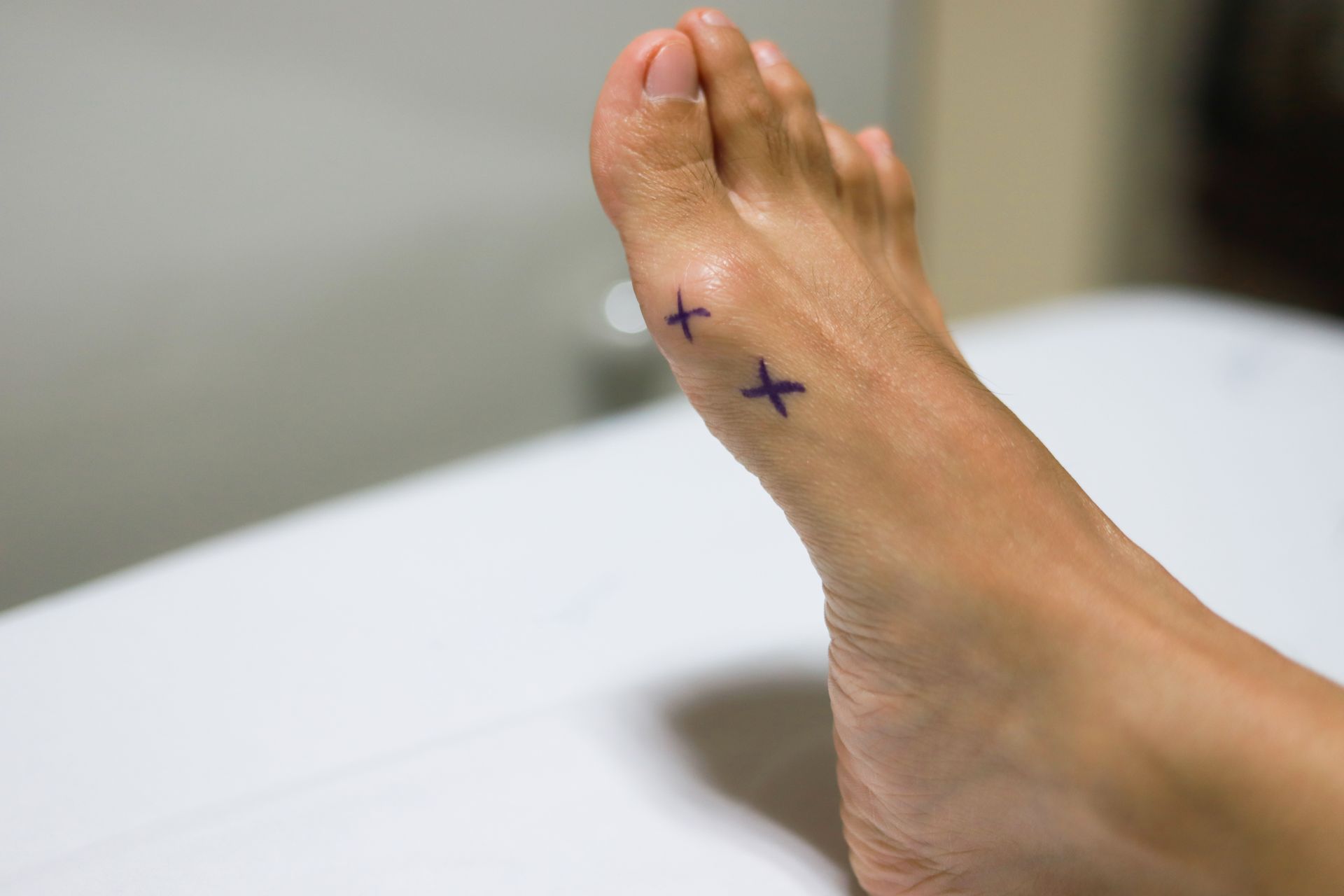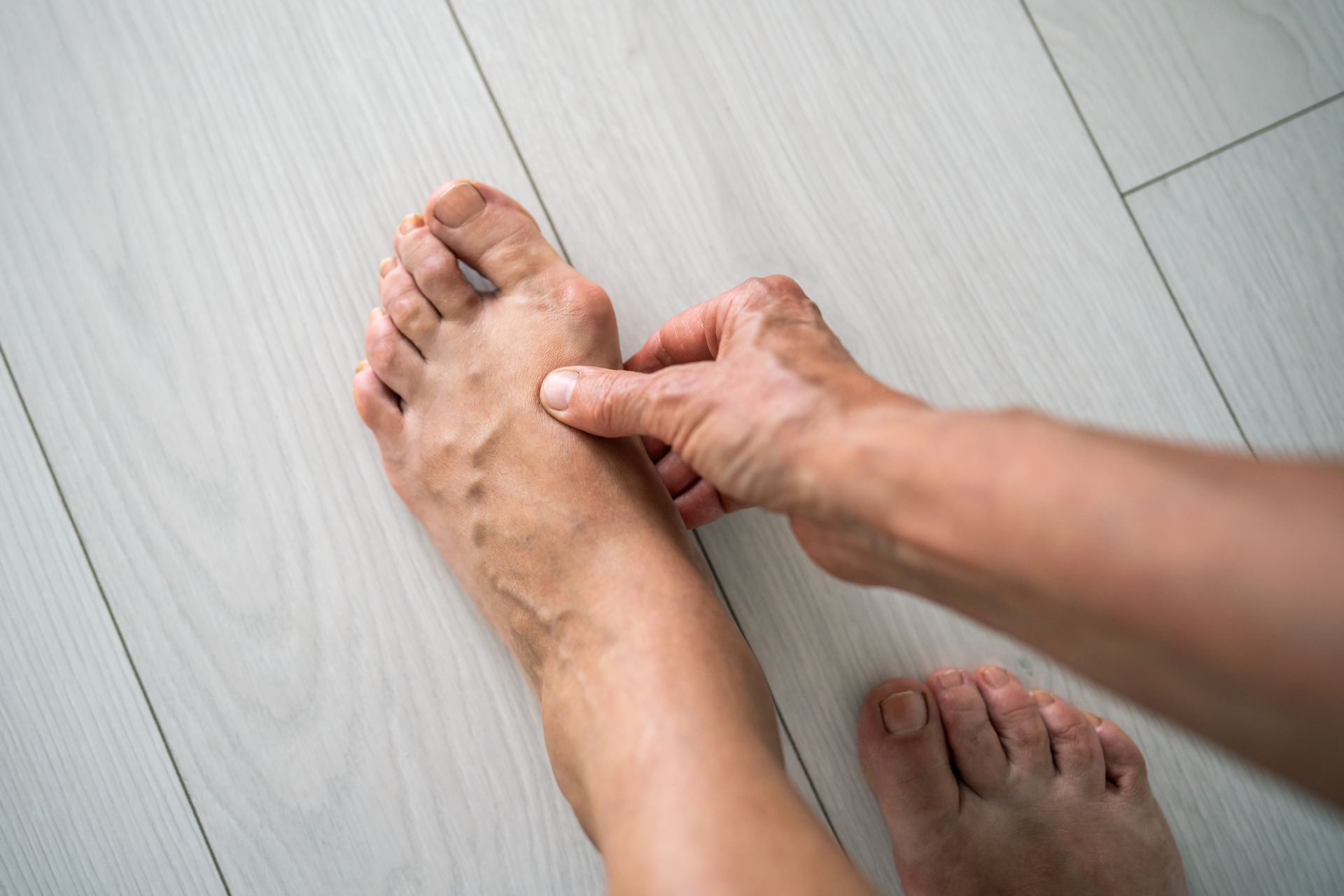Ingrown Toenails: Symptoms, Causes & Treatments
What is an Ingrown Toenail?
An ingrown toenail occurs when the tip or corner of a toenail grows or becomes embedded in the skin along the side of the toe. Ingrown toenails are extremely common and can be very painful. It is common for ingrown toenails to have pain, redness and swelling. In some instances, an ingrown toenail can worsen to the point of developing an infection. As an ingrown toenail worsens, it can be difficult wearing an enclosed shoe and performing certain activities. Occasionally, patients complain of pain with the touch of a bedsheet against the affected toenail. The big toe is by far the most common place to have a painful ingrown toenail, but really, any of the toes can develop one.
Symptoms of an Ingrown Toenail
The primary symptom of an ingrown toenail is pain at the tip or the corner of one or more toenails. This can affect either or both sides of a toenail. Pain can occur with enclosed shoes or direct pressure. The next symptom is swelling and often redness along the painful corner. Sometimes a bulge or general fullness develops along the skin where the toenail is ingrown. As an ingrown toenail worsens, the skin can become enlarged and appear overgrown on top of a portion of the nail. If the toenail becomes infected, the redness and pain will worsen, and pus will develop around the ingrown nail.
What are the Causes of Ingrown Toenail?
Hereditary / Genetic
Some people are born with wider toenails that take up more space on the top of the toe. These wider toenails can have a greater tendency to become ingrown. Ingrown toenails often run in the family as well.
Trauma / Injury
Dropping something heavy on a toe, kicking a heavy object and other injuries can alter the way the toenail grows. This can result in thickening and discoloration of a toenail and can also result in an ingrown nail.
Cutting the nail too short
Toenails should be cut straight across and should have a thin line of white across the end. Cutting the nail “to the quick” as people say can allow the nail to curl and become embedded in the skin. This also happens when people “pick” the toenail rather than clip it.
Tight-fitting shoes
Narrow-toed and poor-fitting shoes place added pressure on the corners of the toenails. Over time, this can result in the nail becoming ingrown.When Should I See a Podiatrist for an Ingrown Toenail?
In minor cases of ingrown toenails , clipping the nail, topical antibiotic ointment and Epsom salt soaks can help alleviate pain and allow the problem to resolve. Patients with diabetes or a circulation problem are at greater risk for developing a complication and are encouraged to see a podiatrist sooner than the general population. If symptoms do not resolve in one or two weeks of home treatment or if an infection develops, then patients should see a podiatrist for treatment.


